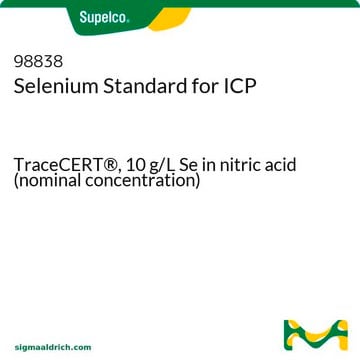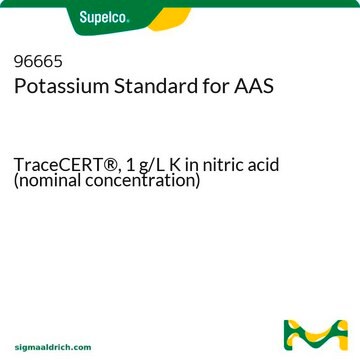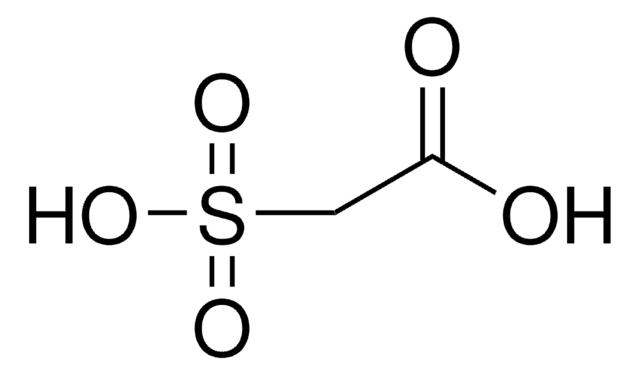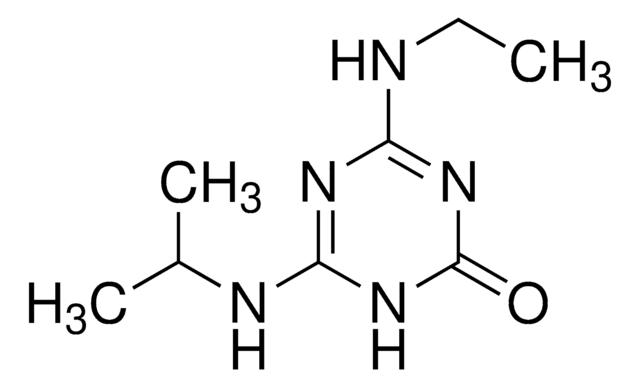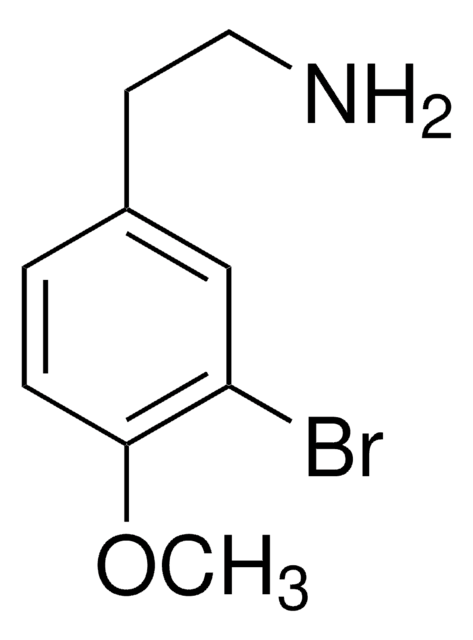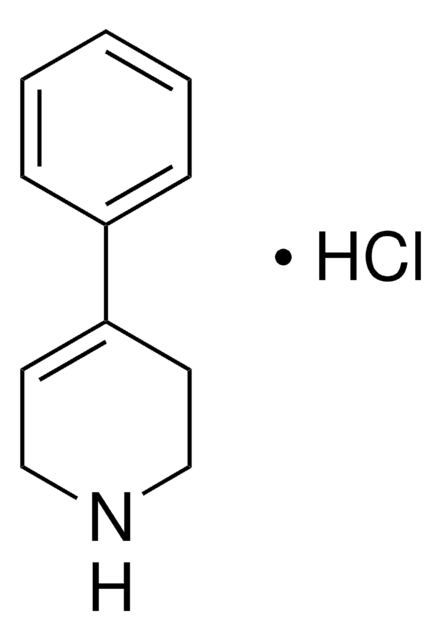C9392
(±)-Coniine
≥98%, liquid
Synonyme(s) :
2-Propylpiperidine
About This Item
Produits recommandés
Pureté
≥98%
Forme
liquid
Couleur
, clear colorless to yellow-green
Densité
0.85 g/mL at 25 °C (lit.)
Température de stockage
2-8°C
Chaîne SMILES
CCCC1CCCCN1
InChI
1S/C8H17N/c1-2-5-8-6-3-4-7-9-8/h8-9H,2-7H2,1H3
Clé InChI
NDNUANOUGZGEPO-UHFFFAOYSA-N
Application
Autres remarques
Mention d'avertissement
Danger
Mentions de danger
Conseils de prudence
Classification des risques
Acute Tox. 3 Dermal - Acute Tox. 3 Inhalation - Acute Tox. 3 Oral - Carc. 2 - Flam. Liq. 3
Code de la classe de stockage
3 - Flammable liquids
Classe de danger pour l'eau (WGK)
WGK 3
Point d'éclair (°F)
119.3 °F - closed cup
Point d'éclair (°C)
48.5 °C - closed cup
Équipement de protection individuelle
Eyeshields, Faceshields, Gloves, type ABEK (EN14387) respirator filter
Certificats d'analyse (COA)
Recherchez un Certificats d'analyse (COA) en saisissant le numéro de lot du produit. Les numéros de lot figurent sur l'étiquette du produit après les mots "Lot" ou "Batch".
Déjà en possession de ce produit ?
Retrouvez la documentation relative aux produits que vous avez récemment achetés dans la Bibliothèque de documents.
Notre équipe de scientifiques dispose d'une expérience dans tous les secteurs de la recherche, notamment en sciences de la vie, science des matériaux, synthèse chimique, chromatographie, analyse et dans de nombreux autres domaines..
Contacter notre Service technique
